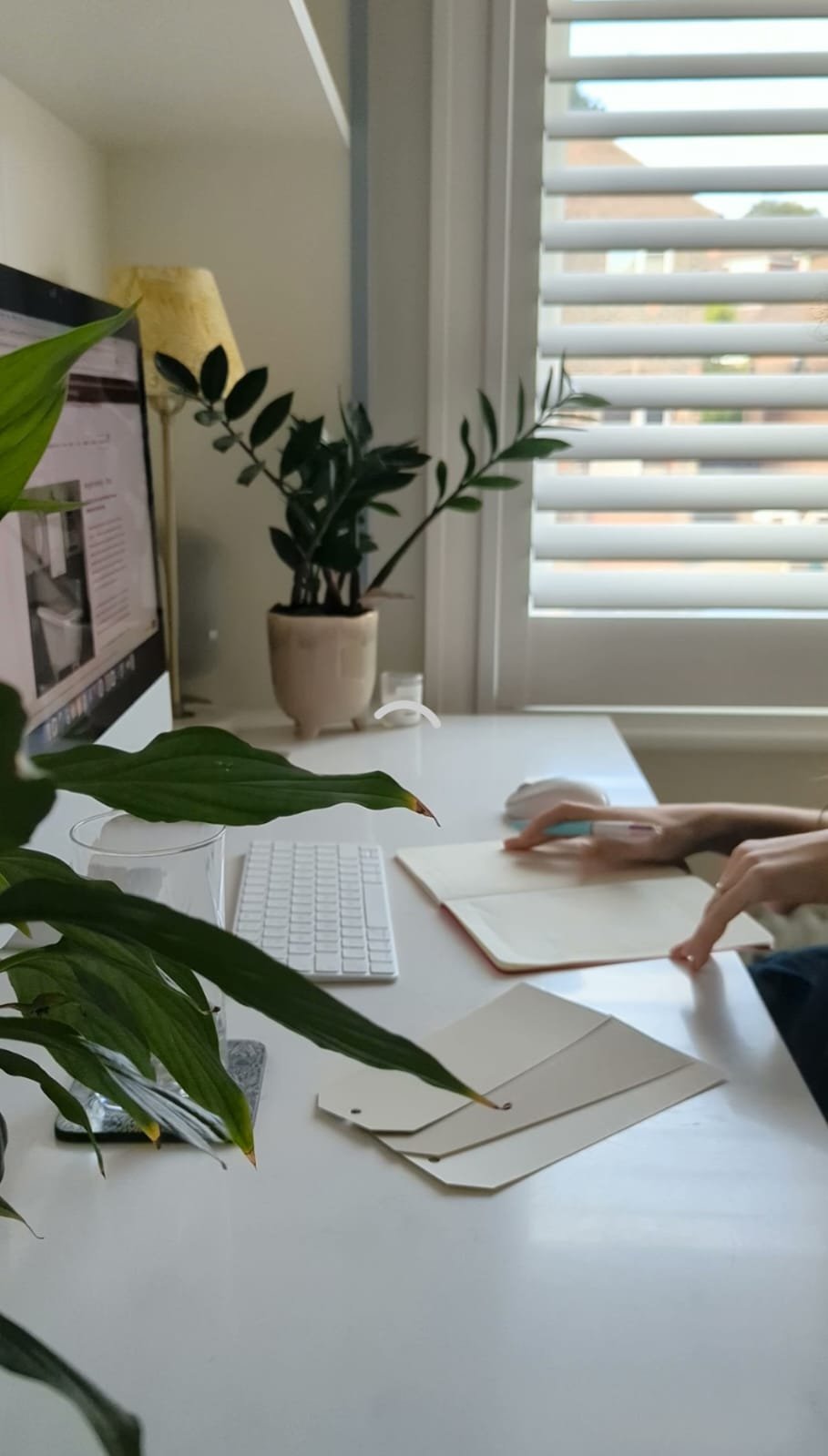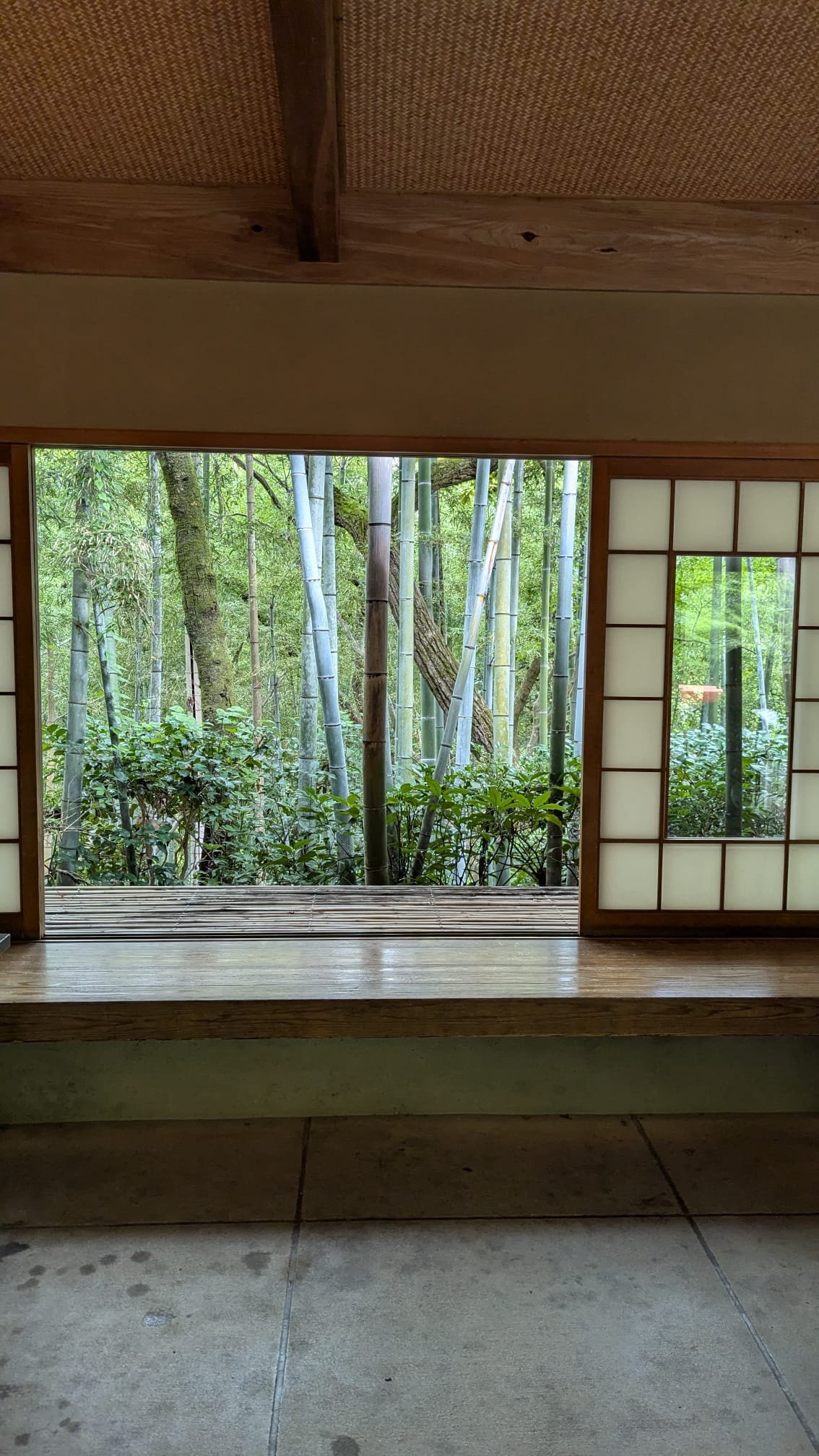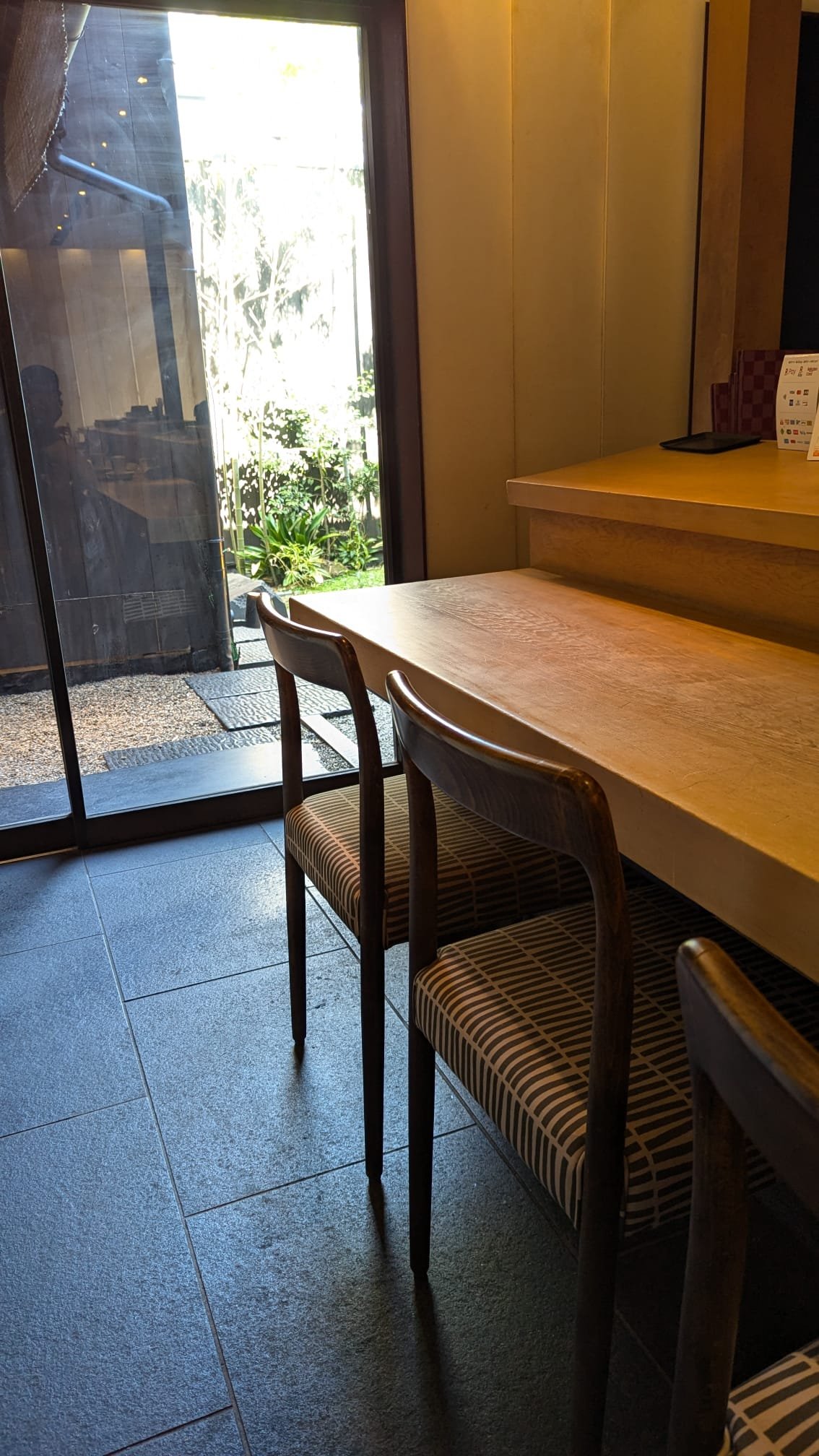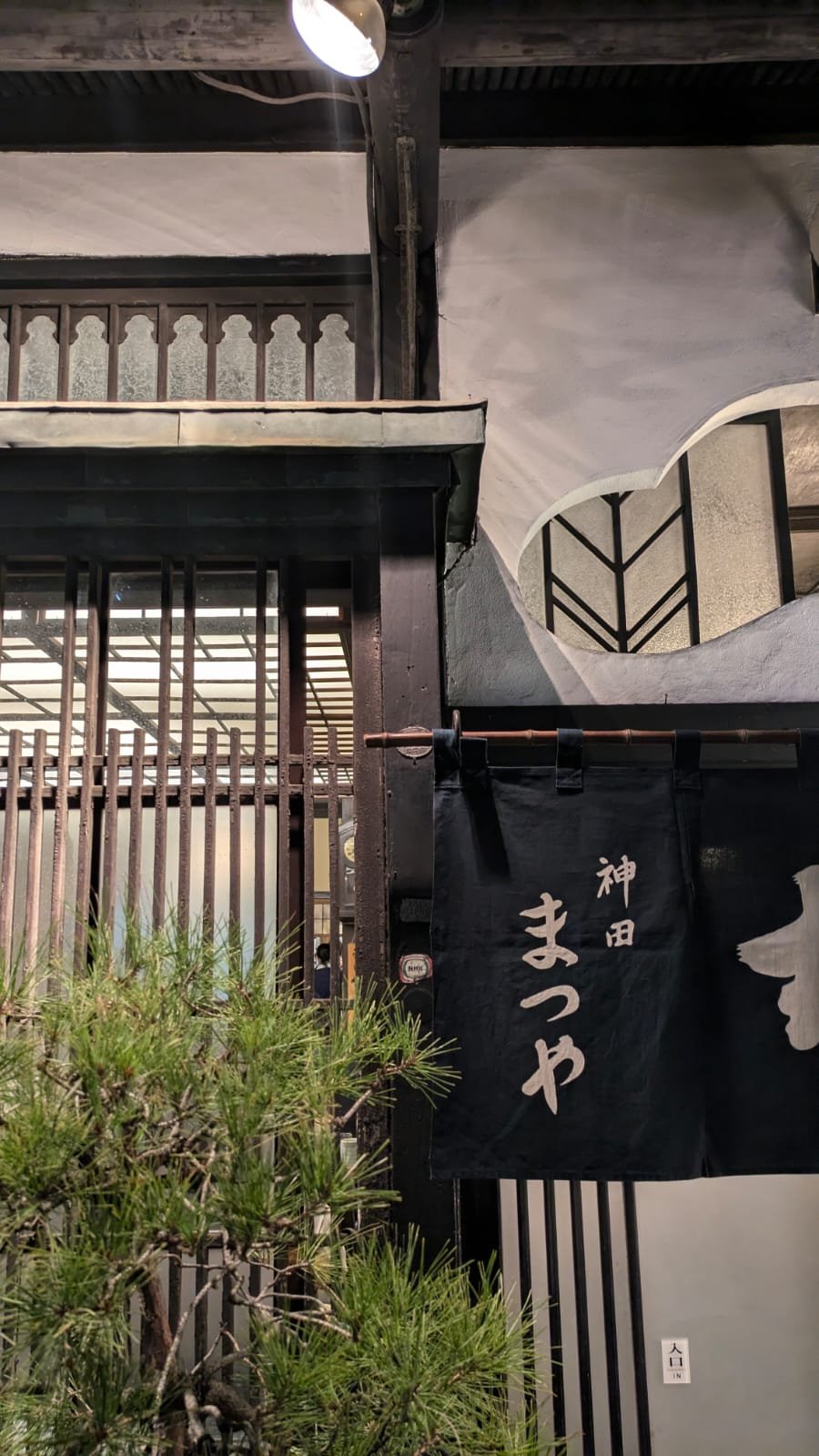3 clever methods that will de-stress your home decor decisions
If you’re doing a renovation or any kind of home update, then it’s likely you’re feeling a bit overwhelmed by the endless design choices for your home.
Or perhaps you’re unsure about how to make your home flow, worried you’re playing it ‘too safe’.
I’ve been there too, believe me…
Spending hours second-guessing design decisions… getting stressed. And the more time you spend in indecision, the harder it gets to picture the outcome.
…and then there’s the fear of your decisions being pretty expensive and feeling so ‘final’. So if you get it wrong, it’s reaaally wrong.
Designing your home should be fun but instead, it’s a bit paralysing!
However…
Today, I want to share some fresh, unexpected methods that will help you overcome your decision fatigue and easily produce the high-quality home design you deserve.
These methods will get you feeling confident, clear and excited about your interior design planning again.
But to share it with you, we need to travel 6,000 miles east.
To the dopamine-fuelled city of Tokyo. Then a quick bullet train to the elegant streets of Kyoto, Japan.
Because it’s here, surrounded by masters in aesthetics, I’ve been reminded about these 3 unusual design methods that will get any renovator (i.e. you and me!) out of “uncertainty mode” and into “I’ve got this!” mode.
Choose one of these to focus on, or all of them.
Either way, I hope they will help you move towards an aesthetically beautiful, practical and unique home that you’ll be happy in for years to come.
It all starts with a Japanese toilet 😅
Method 1: Design for the experience you want to have
One of my unwavering beliefs is that interior design is supposed to be lived-in.
Your home is supposed to be homely, loved and used.
Yes, we all want our homes to look great and lift our lives, but not if it’s impossible to keep tidy, or if it makes living and doing daily tasks harder.
That’s why when I design homes, I design for the experience, not just the aesthetic.
And I can’t think of a better example of “designing for experience” than Japanese public restrooms.
If you’re anything like me, the minute I’m in a hotel or fancy restaurant, I’m heading to the loo mainly to admire the wallpaper, the choice of tile, the countertop and tap they’ve expertly put together.
Fancy places always have fancy toilets!
Sometimes I take photos of the colour combinations as inspiration for client projects …and people look at me funny!
But in Japan, their restrooms - even public station restrooms - are on another level of human-centric design.
They know your needs.
They’ve thought about every eventuality.
And they’ve designed the small area not just to look aesthetically pleasing but to improve the experience you (& others) have.
restroom features like:
Toilet lids open automatically as you step into the cubicle
Seats are heated… yep! 🔥
You press a button for “Privacy mode” which plays noise like running water or music for extra, let’s say, ‘acoustic privacy’ 😅
There are various electronic bidet options for increased cleanliness if you want it
The corner of the cubicle has a safety seat for your baby – a convenience I’m surprised the UK doesn’t offer
Many toilets have low-level urinals for potty training toddlers or young children
I even saw a “changing board” in the station toilet – if you need to change clothes, you just pull the board down and stand on it to avoid your bare feet touching a dirty floor
Talk about attention to people’s needs, right?
Well, this same level of thought and consideration should be applied to every single corner of your home, too.
Start your interior design plans by determining how you will use each area, and design features and solutions to support your daily life.
Make your life better through design
This method brings a lot of excitement to your design planning and it forms a big part of the methodology I share with students.
Some ideas could be:
Create luxurious food storage solutions to minimise food waste & get you excited to cook
Incorporate a fold-out ironing board for ease of use
Install a folding table for your laundry to avoid the washing piling up
Factor in a quirky bar area with glasses, drinks, mixers & cocktail decorations all in one place to bring delight (and efficiency) as you host
Plan where a beautiful dressing table or makeup drawer can sit, how it will be organised and how it will lift your spirits on ‘meh’ days
There are so many more!
Try to listen to what holds you back in your current set up/home and get creative with solutions :)
Method 2: Adopt the Kaizen method to your home design
You may have heard of Kaizen in work meetings – it’s the Japanese philosophy of continuous improvement through small, incremental changes and it’s often applied in business but can be super effective when designing or renovating a home, to reduce your overwhelm.
Assess your space regularly
Kaizen encourages consistent evaluation. Instead of doing one massive redesign, making decisions all in a tiny window of time, start by regularly assessing your home environment and identifying small areas or rooms for improvement.
For example, if your bathroom feels cluttered and it’s getting you down, focus on optimising the layout and storage in this room – instead of overhauling every single area of your home!
Evaluating your needs focuses your attention.
Break projects down into smaller tasks
This is big for us as it minimises overwhelm and keeps your renovation moving forward
Divide your renovation or design projects into smaller, manageable tasks. It’s less overwhelming and lets you focus on specific areas.
For example, plan your furniture layout first, then bring in lighting and electric plans, and move through your renovation plans step by step. Our step by step renovation guide will help.
Make iterative improvements
With Kaizen, nothing is ever "finished" completely—there's always room to refine and improve over time.
Same with houses – when are they ever truly “finished”? It’s OK to always iterate, they’re a work in progress and need to change alongside your lifestyle and budget needs.
For example, after implementing a small change, live with it for a while, observe how it impacts the space, and then make further adjustments.
Involve everyone in your home design
The Kaizen method works best when everyone in the household contributes ideas. Each person has a different design taste, and their suggestions can help create a space that works better for everyone. So get their opinions and understand their needs and expectations.
This forms a big part of the work I do with students and clients – if you and your partner have competing objectives, you need to avoid the possibility of stress and miscommunication.
This might mean discussing the functionality of shared spaces and brainstorming ways to improve how they work for each person in your home. It will bring fresh ideas and energy to your design plans.
Focus on functionality
Kaizen values efficiency and as you’re planning your interior design, this can be translated as making design decisions that allow your life work to more efficiently for you
Think about whether everything in your home serves a purpose or sparks joy, à la Marie Kondo.
Side note: gradual decluttering will make your home more functional and serene. I highly recommend getting in the habit of a quarterly declutter – even if it’s just one room. Your mind and life will feel happier and lighter, and your home will stay beautiful.
Think sustainably and long-term
Kaizen’s focus on gradual change means that you’re not rushing into expensive or unsustainable trends. Instead, you’re considering the longevity of your design choices.
I always advise investing in high-quality, timeless pieces rather than trendy items that you may want to replace in a few years.
And it’s important to formulate a budgeting plan for the features you know you want.
Create habits for daily improvements
Just as Kaizen encourages small, daily improvements in business, you can set up small daily or weekly tasks for your home design to consistently improve it.
Whether it's organising a shelf, freshening up a room, or rearranging furniture, these micro-improvements can lead to a consistently evolving and better home.
So much can change about your home with considered styling. So consistently play around with various shelves and corners until you find joy in how they look.
When I was reminded of Kaizen during our Japan trip, I realised there’s so much crossover between the Kaizen method and the methods I teach students in our online courses.
I give them tools and techniques they can apply to continuously improve aesthetics and functionality, without overwhelming. Ultimately, they make decisions more confidently, faster, and with guided support from a designer. And they’re loving their results!
Method 3: Design for all 5 senses
This final method is something that’s often overlooked in design but Japanese designers have it down 👌🏻
They know that design extends far beyond the visual field.
To create a home you feel truly content in, it has to feel comfortable for all senses: Sight, Sound, Touch, Smell and Taste.
Those design decisions you’re up against right now, how many of them will enhance any of these senses?
For example:
Choosing fabric for your sofa: Which sample looks beautiful and feels soft against your skin?
Choosing flooring: Which sample looks beautiful, feels comfortable underfoot in different temperatures and sounds how you want it to sound as you walk through the room? [also consider how sound will travel between floors]
You might be wondering how ‘taste’ and ‘smell’ can become part of your interior design plans. Well, there are surprisingly many ways you can create a multi-sensory design with these senses in mind.
Incorporating scent into your interior design plans
Introduce natural materials. Certain materials have distinct smells that evoke a specific feeling in your home, for example:
Wooden furniture or accessories can give off earthy, comforting scents.
Leather brings a luxurious, warm smell that can elevate the masculinity of a room.
Then there’s the addition of plants and flowers. Incorporating naturally fragrant plants like jasmine, eucalyptus, or roses can both enhance the aesthetic and create a soothing fragrance that refreshes the air.
Have you thought about room zoning through scent?
Use different scents in different parts of the home to subtly define areas. For example, a spa-like fragrance in the bathroom, a warm vanilla in the kitchen, and a calming chamomile scent in the bedroom. These can be achieved more safely with electric diffusers rather than candles or wax melts.
Incorporating taste into your interior design plans
Taste might not be directly part of design but your design can influence how taste is experienced, particularly in the kitchen and dining area.
Dining room lighting: Incorporating warm, dimmed lighting can make a meal feel cosier and more intimate. Warm light makes your food look more tasty, too. While colder light can energise and stimulate conversations over breakfast or brunch.
Food displays: A styled arrangement of fruit, herbs, or jars of spices on open shelves and worktops can serve as decor while also engaging the sense of taste. It subtly invites you to bring more taste into the meals or snacks you’re preparing.
Designing your home with a fresh perspective
Those are some methods that are resonating with me and my work currently. I wanted to share them with you because sometimes when I’m feeling stuck, a fresh perspective or a new way of thinking can be enough to get me confidently designing again!
I hope they inspire you.
📍Our trip to Japan
I know that some of you reading this will have travelled to Japan before and have your own experiences with design and culture. And some of you may even have upcoming plans to visit, curious about what to put in your itinerary. So I’m leaving some suggestions for you below.
All I can say is what a country!
Neil and I only have 16 days in Japan and we decided to spread our short time across 3 key cities, planning to return to see the more rural parts of Japan next time!
We’ve split our time in Tokyo, Kyoto and Osaka.
There are too many highlights to mention but here’s a stab!
Tokyo:
Feeling a different level of excitement on the plane, coming to land 🥰
Staying in a capsule hotel
Being surrounded by local Japanese people and experiencing their culture
Seeing Neil love Tokyo! The Fender store, Akihabara game arcades, visiting camera stores
Helping Neil choose a film camera in Shibuya to capture our travels old-school-style 📷
Getting very drunk in a traditional izakaya, meeting Jason & Alexsandra from Greece and spending the whole night putting the world to rights over a few too many Asahis🍻
Experiencing actual AWE by art in Team Labs
The lights, the cafes, the little jingles when you step on the trains, all of it!
Kyoto:
The serenity, the bamboo and the milky waters in Shoren-in temple
Our first onsen experience in Fu fu No Yu. It was purifying and so interesting.
The retro trains were so cool! As was the Bullet train, of course.
Our matcha day & tea ceremony in Uji
Spotting 4 real Geishas walking between their client visits in the dimly lit streets. It was like seeing celebrities! Whispers all around.
Osaka:
The deer were obsessed with Neil in Nara 😂
Sushiro sushi and Kirin beers delivered on a conveyor belt
Seeing whale sharks at the aquarium 🐋
If you’re a design lover as I am, I know you’ll adore:
📍The stationery section in the stores: Loft, Hands & Yodobashi (stores all across Japan)
📍The home & travel pieces in Franc Franc & Das Neue
📍The aesthetically beautiful cafes in Kyoto: eX cafe Gion Shinbashi (Gion) & Bread, Espresso and Arashiyama Garden (Arashiyama)
📍The most beautiful, less touristy, temple in Kyoto: Shoren-in (as recommended by author & dear friend Beth Kempton)
📖 Book recommendation while you’re travelling: Wabi Sabi: Japanese Wisdom for a Perfectly Imperfect Life
I just know for a fact we’ll be back. Next time, we’ll explore the snowy mountains and more rural areas Japan has to offer. I can’t wait already!
Thank you for joining me on a whistlestop tour and I hope this post has inspired you to create your dream home and life 🙏🏻
If you have time and care to share, I’d love to hear if any of these resonated with you, or if you’ve been to Japan and what you thought!
Speak again soon,
Fi xoxo
















